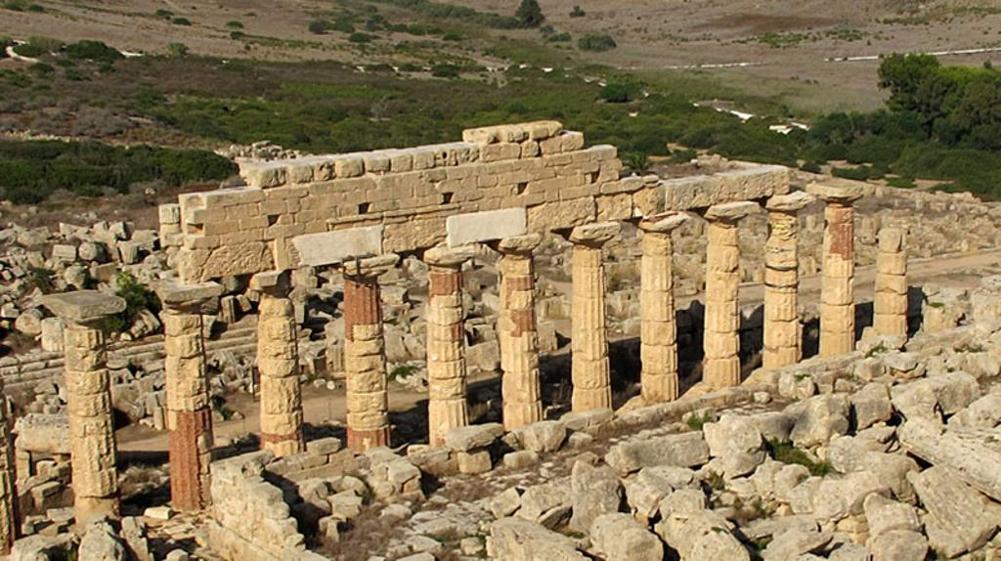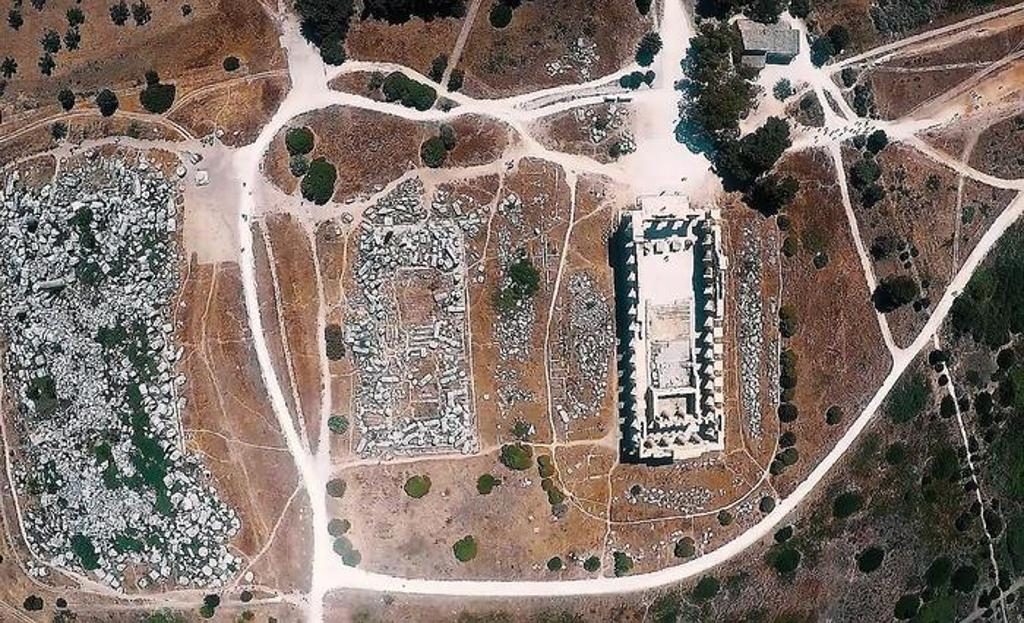
A hidden city for 2700 years. Thanks to a high sensitive thermal camera, mounted on a drone, the geologists of University of Camerino discovered on the Selinunte archeological site, some anomalies that suggested the existence of buried structures that from the temple were going to the harbor.
Enrico Caruso and Fabio Pallotta of the Archeological Park of Selinunte, explained that underneath the old city located on the south-west coast of Sicily, they found also the pipelines that the ancient Greeks built and through water was brought to the homes and the religious building erected to worship the most ancient Greek figure, Hakate
In the site has been applied a technique based on geomorphology and archeology, that now can be used also in other Italian archeological sites. “The work that has been started after a year of inspections is very promising: this technology helps in the exploration of the deeper layer of the ground on which the Greeks decided to settle and will give us the opportunity to further discover the exceptional heritage of Selinunte”
“Most likely – explains Pallotta – it was a chain of temples and tubs filled with spring water and flew towards the beach, to offer refresh to the travelers. From these thermal images, it is possible to see how the heat gradient draws on the ground perfect geometric figures that surround what is left of the “Temple M”, now located along the right bank of the river Selino, but that originally stood in all splendor on the west promontory of the lagoon.
Surprise within the surprise, “the finding of the icon of Hekate, the goddess who ruled on the evil demons, on the night and on the moon, one of the most ancient portrays in the Greek empire” – says Caruso, director of the biggest European Archeological Park. “we found also Corinthian vases, ornaments, statues and also a flute of the Greek era. We reconstructed in 3D the houses that go back to the Classic and Hellenic eras after the destruction of 409 b.c. and reproduced the façade of the Temple Y, in Doric style, surrounded by columns, the most ancient among the ones of Selinunte.
